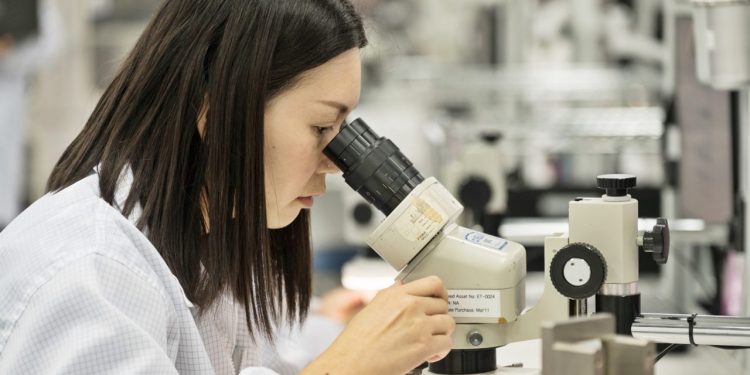May Day Awards 2018: Plaque of Commendation. Flexible work arrangements have given workers at Feinmetall the time to pursue other things in life.
While the prospect of coming into work early may be daunting to late risers, it does give you the chance to leave work early. Think of how much more time you’ll have for other life commitments. Plus, you’ll finally have time to pursue that part-time course you’ve been putting off.
And one workplace which gives you the choice of working early is precision engineering company Feinmetall Singapore Pte Ltd. According to Business Development Manager Lin Yiqun, working hours are from 8am to 5.30pm, but staff can now come in from 7.30am and leave at 5pm.
It is part of flexible work arrangements which were put in place in 2016 with the help of NTUC, said the company’s management.
This move has been benefiting two groups of workers – those who have to travel across the causeway to go home and avoid the evening traffic jam and young executives who want to pursue further studies in the evening.
Flexibility to Upskill
Twenty-five-year-old senior process engineer Gail Chan joined Feinmetall Singapore in 2015 after she graduated from Nanyang Polytechnic with a Diploma in Digital and Precision Engineering.
She is currently taking up a part-time degree in industrial and management engineering at the National University of Singapore (NUS).
With Feinmetall Singapore’s flexible work arrangements, she is able to end work thirty minutes earlier to travel to NUS to attend classes.
Progressive Workplace
Feinmetall Singapore is also a strong advocate of continuous training and believes in upgrading the skills of its workers to stay relevant and increase productivity.
It has also looked into making the work of its mature workers easier, safer and smarter by investing in automation and machines with the help of the WorkPro Job Redesign Grant.
“One project that we did was for the laser marking machine. The current process of operating this machine is manual, and during their work, the staff need to strip the wire down manually and then do plating. We have redesigned the job and now have a machine that automates the processes into one,” said Mr Lin.

